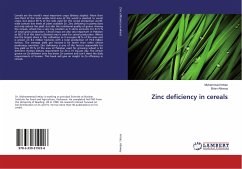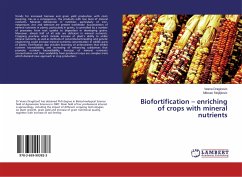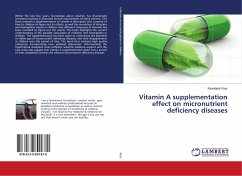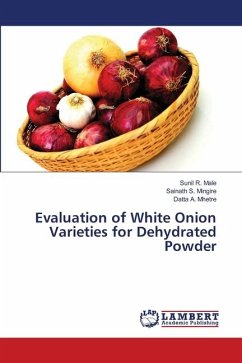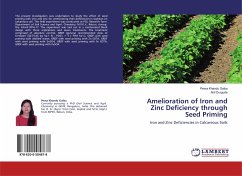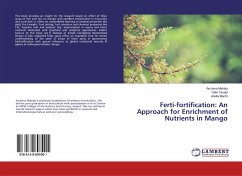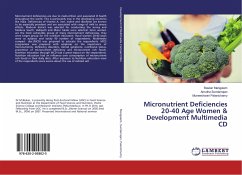Prevalence of iron deficiency is high and young children are especially vulnerable. As untargeted iron supplementation may increase morbidity and mortality in malarial areas, iron fortified foods are recommended to supply adequate amounts of iron. However, these often do not reach children in poor rural areas. Alternatively, micronutrient powders can be added to local foods. The amount of iron should be kept to a minimum to avoid health risks while its absorption is maximised. Non-transferrin bound iron might adversely affect the course of malaria. Also, unabsorbed iron might encourage the growth of pathogens, more likely to be invasive due to the weakened gut lining and immune defence due to concurrent malaria. Information on iron absorption, metabolism and regulation, specifically in the context of infection, is reviewed. The evidence linking iron and malaria is summarised and conclusions are drawn for prevention of iron deficiency in malarial areas. It is described how a micronutrient powder with low levles of highly bioavailable iron is optimised and tested for efficacy. In addition, absorption profiles of two iron compounds and their effect on hepcidn and NTBI is assessed.
Bitte wählen Sie Ihr Anliegen aus.
Rechnungen
Retourenschein anfordern
Bestellstatus
Storno


